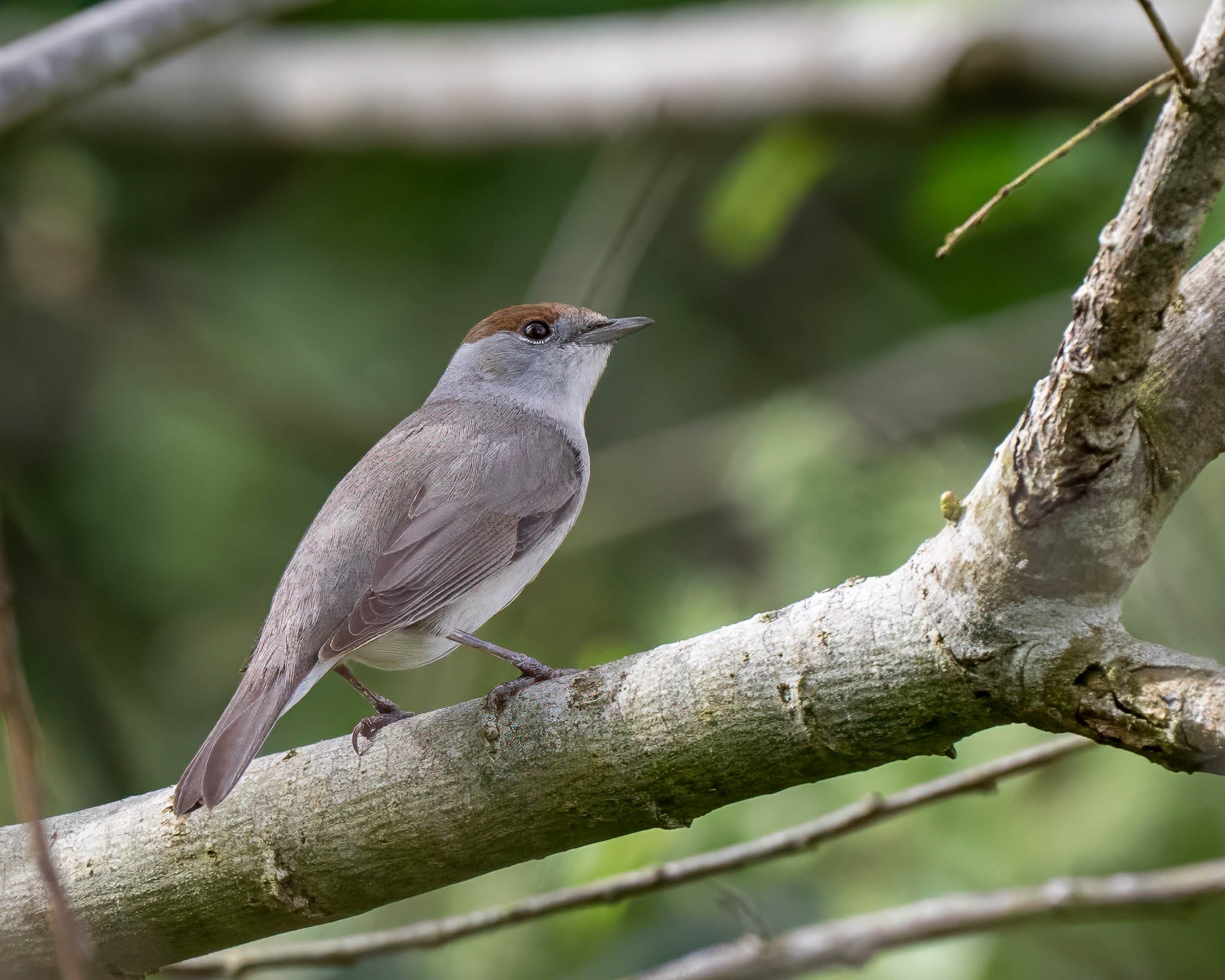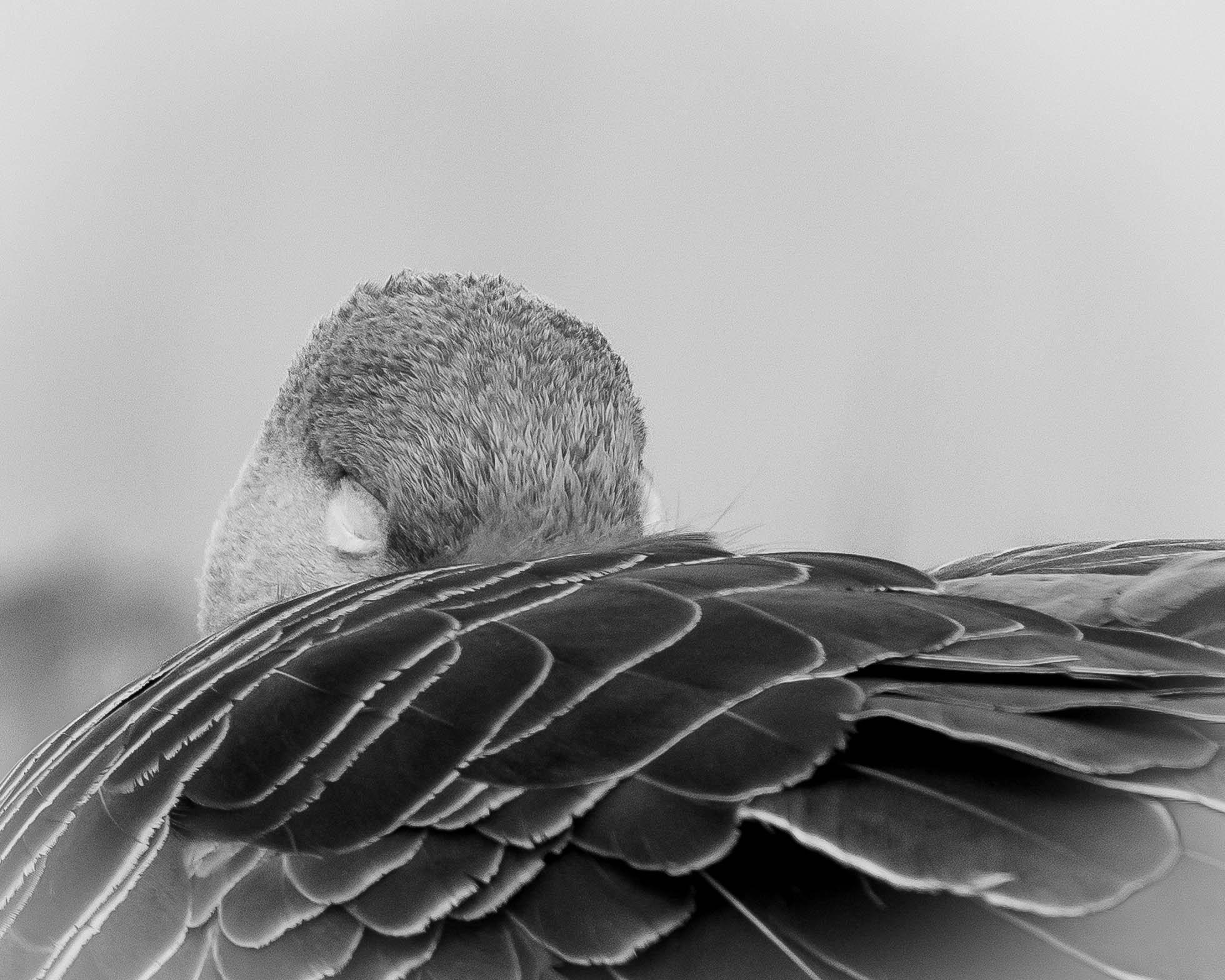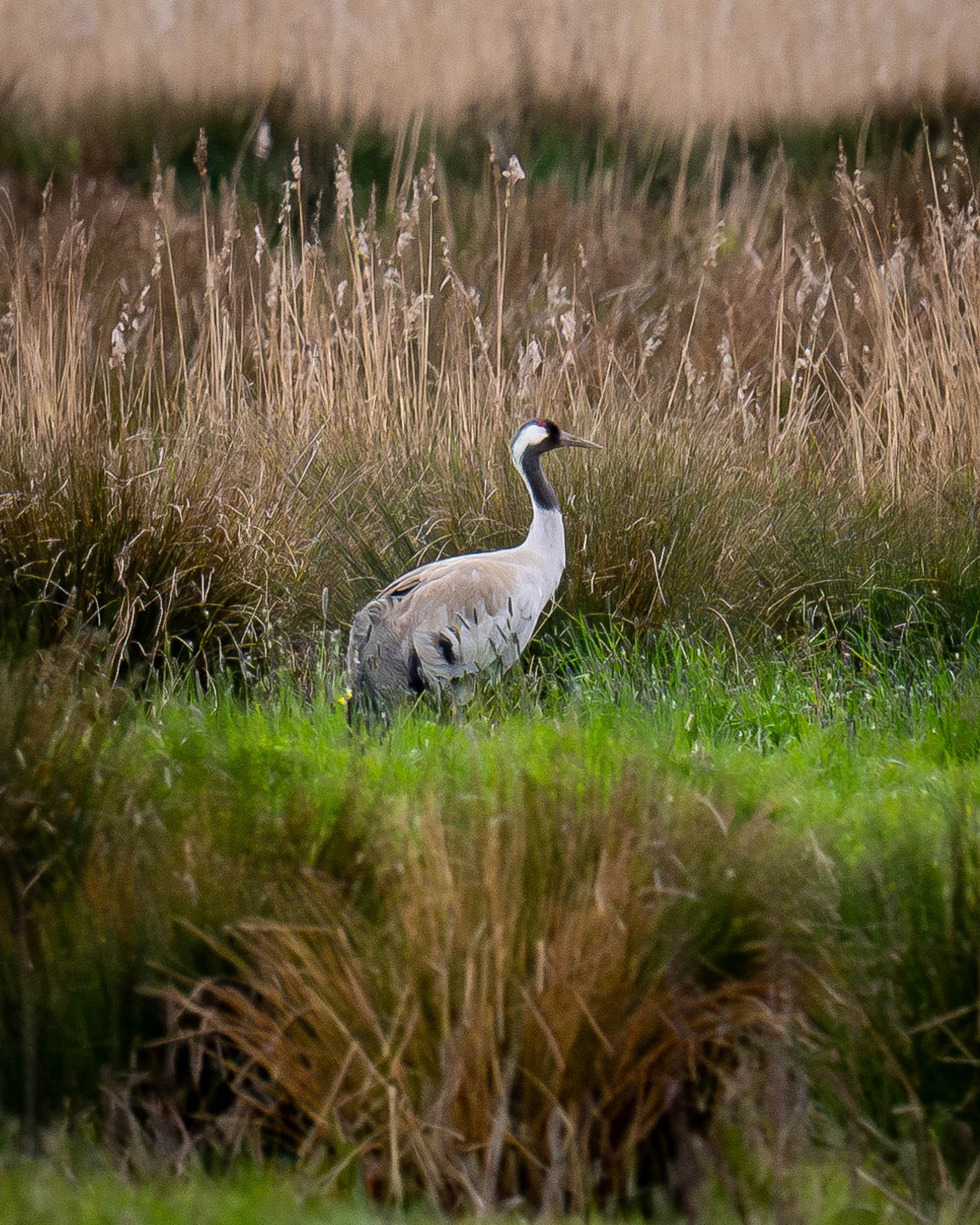In a world that is changing and in turmoil, it is reassuring and a relief when you start to see and hear the first migrants appear again for the Summer. It makes you want to shout ”Yes, they’ve made it”.
When you start to hear the first Chiff Chaffs calling in the wood on a warm sunny day, then it really feels as if Spring is here. They start arriving from Southern Europe and North Africa in March and April.
Little Blue Tits are calling and being very busy getting ready to start a family.
Comma butterfies look very vibrant against the white of the Blackthorn blossom.
A lovely day at Lackford Lakes with the air being filled with singing male Blackcaps. We couldnt see one anywhere, they were so well hidden. We did spot a Female though, with a russet brown head, Males have the Black Cap.
Blackcaps arrive early April (females arrive a week or so later than the males), to breed in scrubby woodland habitats, and depart again from late August. A summer visitor from Germany, the Blackcap has a beautiful song and is sometimes known as the Northern Nightingale.
A lovely spot for a Canada Goose nest.
A quick visit to Cavenham Heath not far from Lackford and a Grey Wagtail was flitting around the River Lark. We heard lots of Skylarks and Wood Larks, and we were so lucky to see Four Stone Curlews, too far away to photograph but these usually shy birds were easily seen with our binoculars. They are spring and summer visitors to the UK, where they nest on sandy heaths, well-grazed grassland, and arable fields. Numbers declined historically, reaching a low point in the 1980s, but dedicated conservation efforts mean breeding numbers have now more than doubled. They are well monitored and protected in Suffolk and Norfolk.
Male red Linnet calling on the top of the gorse.
A brief few days of warm dry weather, with drying winds meant that some of the path in the local wood was passable. The grey mud that made walking very hard work last time we visited, was replaced by various shades of green and blue, a really wonderful sight. We are back to mud again now, so we have not not been able to visit again.
Bluebells must like wet winters. The scent was heavenly. They are associated with ancient woodland and many thousands of bulbs can exist in one woodland, creating the incredible blue carpets.
Bluebells are a favourite with the fairies. Lots of Fairy stories are connected to Bluebells. It is said that if you hear a bluebell ring, you will be visited by a bad fairy, and will die not long after.
Every Spring the “Bleeding Heart” plant in the garden puts on a show.
A good morning birding at RSPB Frampton Marsh, Lincs. started from the car park, with the best views of the Lesser Yellow Legs, which has spent the winter at the marsh and looks to now be a permanent visitor. A rare vagrant, it usually nests on the ground in open, dry locations in central Alaska and Canada. They usually winter in the West Indies and South America, so he is a bit far from home.
Sedge Warblers had arrived and could be seen and heard calling all over the reserve. This one spotted within ten minutes walk of the car park.
Another Sedge Warbler a bit further along singing from the top of a hawthorn bush.
A Black Tern was ducking and diving in front of the visitor centre. The Black Tern once nested in Britain in large colonies, but these disappeared as wetland areas were drained, it is now an annual visitor from Europe. Maybe with the return of our wetlands they may start to breed here again.
Black terns are 'marsh terns', named for breeding in freshwater habitats, such as marshes. They feed more on insects than other Terns, and can be seen dipping down and picking food from the surface of water. This one was so fast and twisted and changed direction in a blink of an eye. So difficult to photograph.
The Great Crested Grebe weed dance. This mating ritual is so lovely and something we have been waiting years to see and photograph. We had been watching the Grebes , when suddenly they both dived and we held our breath, hoping that they would re-appear with their weed. And they did! So intimate, and we feel very priviliged to have been witness to this beautiful spectacle.
This Ruff was looking a bit rough. He is midway to getting his summer plumage. which is a varied affair, with richly-mottled earthy colours and a feathery collar of either russet, black or white, giving rise to the name. Males display communally in front of females at sites known as ‘leks’. They rarely breed in the UK so it would be great to go back in a few weeks time to find hime in full breeding regalia.
A sleeping Grey Lag Goose.
We came across as to what only could only be described as a parent a toddler group. Parent Grey Lags with goslings running everywhere, wouldn’t like to say which group of babies belonged to which parent, they were all looking after all of them. We do not apologise for the following “cute” factor images.
Just making sure no one strays too far.
What a fantastic morning it had been at Frampton, but after lunch the cloud started to roll in and it turned so cold. We had not managed to see the Red Breasted Goose or the Black Winged Stilt. They had been spotted the other side of the marsh and on a better day we may have tried to find them but it had turned too cold so homeward bound we went.
A flock of Teal. On the way home we called it at Willow Tree Fen, a Lincolnshire Wildlife Trust reserve on the Lincs.-Cambs border. A very protected site with viewing from the small car park only, and monitored constantly by reserve wardens.
This is what we were hoping to see. Common Cranes! Altogether a flock of about 18 plus, a long way off so binoculars needed, but you could hear them calling quite clearly.
One of the Cranes, a long way off so a heavily cropped image.
What an absolutely brilliant birding day we had, and only half way through the month.
Since our day out at Frampton Marsh the weather has been so cold and wet, and depressing. We have, however had a pair of pretty Stock Doves visiting the garden most afternoons, rain or shine.
A warm spring day was forecast but not promised, with maybe a few April showers. Taking advantage of the weather we went off to the RSPB headquarters at The Lodge. As it turned out it was a really lovely day weather wise and no showers! Lots of birds flitting about but they were not posing for photographs today.
The Tree of Life in the woodland at The Lodge. A beautiful setting and once again Bluebells! its such an uplifting sight to see a spring woodland carpeted with blue and the trees with their fresh leaves of various shades of green.A few pictures of the woodland as we wondered about and just enjoyed the spring day.
A pair of Green Veined White Butterfies.
Sycamore flowers.
Yellow Rhododendron in the Lodge garden.
What better, safe place to raise a family than the gardens of the RSPB headquarters.
Well, true to form the fine weather did not last long and the next day brought cold winds and not just April showers but torrential rain, flooding paths, fields and woods again. Even the Wood Pigeon is looking fed up.










































